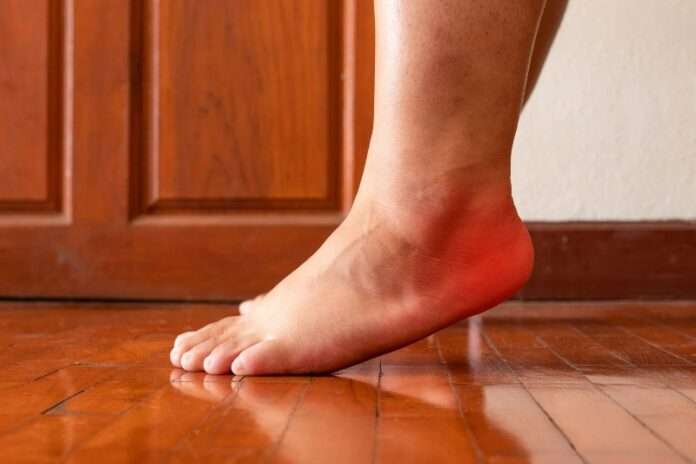Plantar Fasciitis is a condition of inflammation and degeneration in the plantar fascia area of your foot. This debilitating condition can be very uncomfortable, even causing you to withdraw from certain activities, so it’s essential to understand what causes Plantar Fasciitis.
Plantar Fasciitis Treatment
Plantar fasciitis may vary in severity, and the pain’s intensity depends on which part of the foot is affected. Athletes and other individuals who put a lot of stress on their feet may be especially prone to the injury. To determine the best treatment for you, it is essential to consult foot doctors or a podiatrist who specializes in diagnosing and treating this condition. Treatments range from over-the-counter medication to corticosteroid injections and, finally, surgery.
Physical Therapy and Deep Stretching
A licensed massage therapist’s deep-tissue massages can reduce tension in the foot and ankle, common plantar fasciitis symptoms. Massages can help people stretch out tight fascia tissue on their own, but it’s essential to see your foot doctor before attempting any at-home remedies. They can tell you which position is most effective for your situation – for example, sitting, standing, or lying down – and how long you should hold each one. It’s also crucial that anyone is experiencing this condition talk with their doctor about stretching exercises during moments of downtime. Stretching doesn’t just benefit someone dealing with plantar fasciitis – it’s good practice for everyone!
Icing and Medication
For pain and inflammation, icing the soles of your feet may reduce soreness. Your doctor may also recommend non-steroidal anti-inflammatory drugs, which will help you avoid using other medications that have harmful long-term side effects.
Rest, Activity Modification, and Orthotics
It’s always a good idea to stay active and exercise, but it’s even more crucial when you’re in the healing process. When your foot is healing from plantar fasciitis, there are several things you can do:
- Use athletic tape to wrap your foot and help support your ligaments
- Get a pair of shoes with excellent arch support
- Excercise on surfaces that absorb some of the shock
- Utilize splints you can wear while you sleep to keep your foot stretched out while resting
- Decrease the length of time and distance for your running or walking
Shock Wave Therapy
This therapy uses a pulsed pressure wave that targets a specific area in your body with a therapeutic effect that is not yet entirely understood. The shock waves create microscopic trauma in your fascia, which triggers the healing response. This process is thought to help promote the healing of plantar fasciitis.
Steroid Injection Therapy
Plantar fasciitis tends to improve after several weeks of stretching. If your symptoms have not subsided after a couple of months of treatment, your podiatrist in Hixson TN may recommend steroid injections to decrease inflammation. However, most people find relief from plantar fasciitis by not wearing athletic shoes for some time and actively stretching their feet.
Conclusion
We hope that our guide on the best ways to treat plantar fasciitis helped provide you with some of the most effective methods you can use to get rid of your symptoms quickly! Here’s to hoping that your symptoms are gone in no time!









